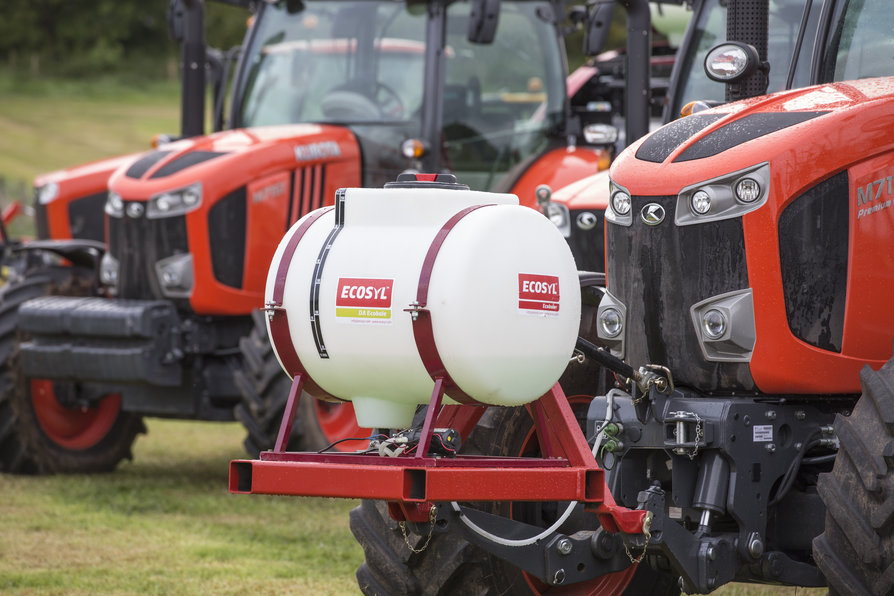Do I need an additive for maize?
When ensiled at the recommended DM of 32 to 35% there is still enough sugar present for fermentation to achieve a stable low pH. Maize has a low buffering capacity so the pH falls fast, often to a pH as low as 3.5. Natural fermentations tend to result in somewhat higher proportions of acetic acid and ethanol, an indication of a less efficient fermentation which could be improved upon using a homolactic inoculant, some of which can also bring about animal performance benefits.

However, by far the biggest problem with maize is its susceptibility to aerobic spoilage. Apart from potentially very high DM losses, the final silage has a lower nutritional value and may contain mycotoxins which can affect animal performance, health and fertility. To minimise aerobic spoilage and clamp management at ensiling and feedout are crucial, the aim being to limit air exposure as much as possible. An additive designed to deal with this issue will also help – suitable inoculants and chemical preservatives are available.